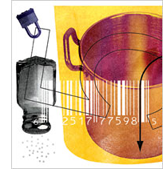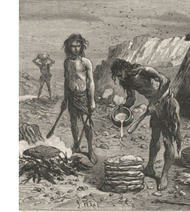
In his closing keynote at the 10th ASIS&T Information Architecture Summit (Memphis TN – March 18-22, 2009), Jesse James Garrett (president of Adaptive Path) stated the following: “(…) we’re all user experience designers (…) We can engage people’s senses. We can stimulate them through visuals, through sound, through touch and smell and taste. This is the domain of the traditional creative arts: painting, music, fashion, cooking.”
Told you so!



